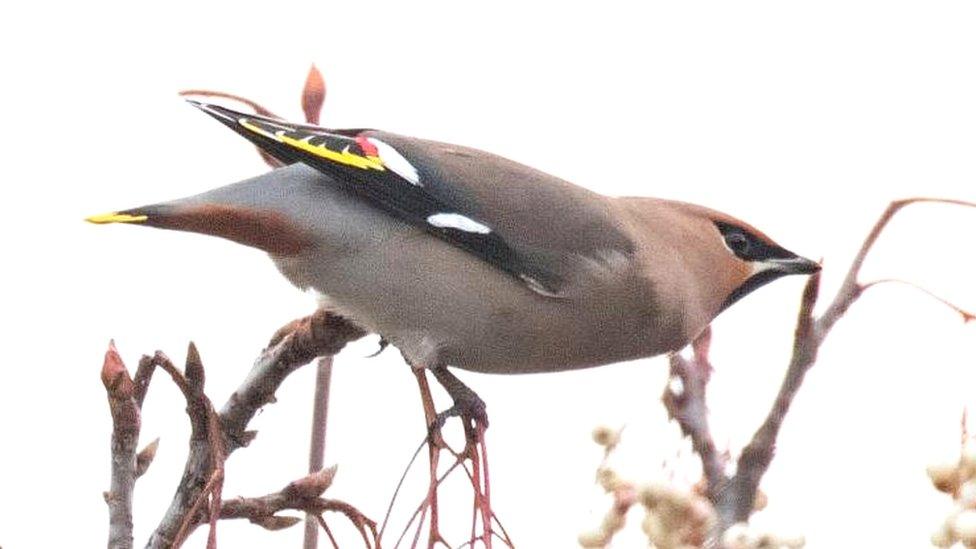Rare bird seen in the UK for just the 13th time
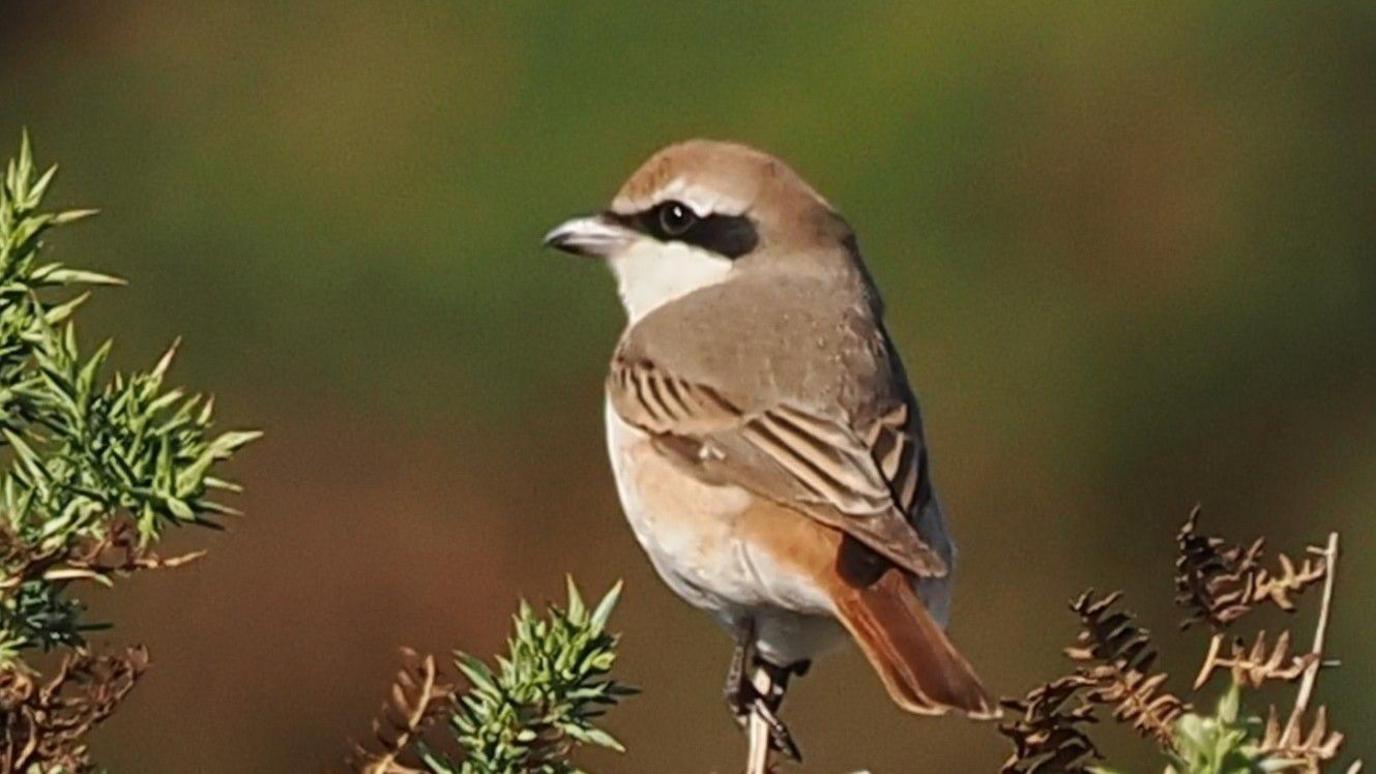
A male Turkestan shrike has been spotted at Dunwich Heath in Suffolk for the first time
- Published
A rare bird that has only been spotted in the UK just a few times has been seen at a nature reserve.
Birdwatchers at Dunwich Heath on the Suffolk coast first reported seeing the Turkestan shrike, also known as a red-tailed shrike, on 2 October.
Bob Knight is one of those who photographed the bird, which originates from central Asia, and he believed it was a male.
Isabel Hall, visitor experience officer at National Trust Dunwich Heath and Beach, said it was believed to be the 13th time the bird had been spotted in the UK and the team was "delighted".
"We believe it's the 13th time this species has ever been recorded and a first for us here at Dunwich, which makes its arrival very special," she said.
Ms Hall said there had been an increase in visitors of people trying to catch a glimpse of the bird and she encouraged them to use their car park and keep paths clear.
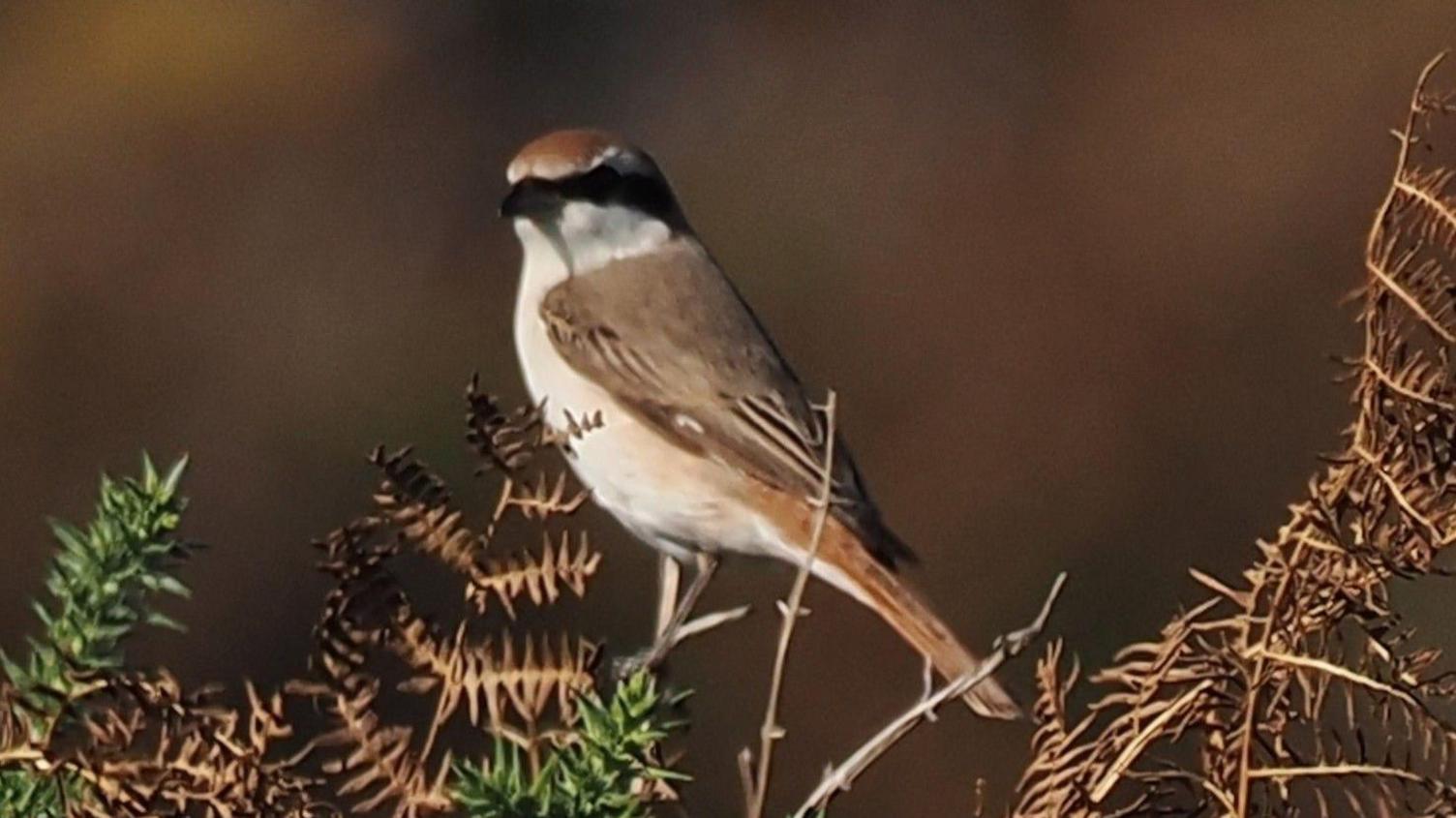
The rare bird has been seen multiple times at Dunwich Heath since the start of the month
Mr Knight said the bird was a "very rare, vagrant" visitor to the UK.
"Turkestan shrike originates from central Asia, though at this time of year they migrate south to winter quarters," he said.
"Clearly, the Dunwich bird is well of course in its autumn migration."
According to the British Trust for Ornithology, the "handful of records" of the bird in the UK had suggested it was a spring visitor.
"The Dunwich bird is a very smart adult male... like other shrikes it often hunts from a high perch, watching for prey, then dashing out to catch large insects such as this bird was doing on the day of my visit," Mr Knight added.
"Perhaps it will move on soon after feeding well on the heath."
Get in touch
Do you have a story suggestion for Suffolk?
Follow Suffolk news on BBC Sounds, Facebook, external, Instagram, external and X, external.
Related topics
Stories like this
- Published9 March
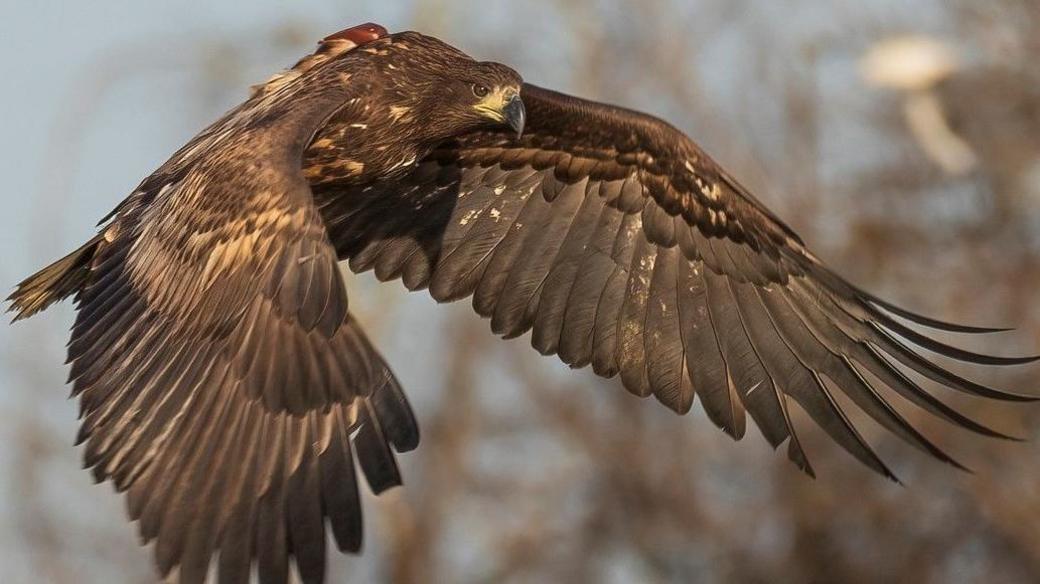
- Published31 January 2024
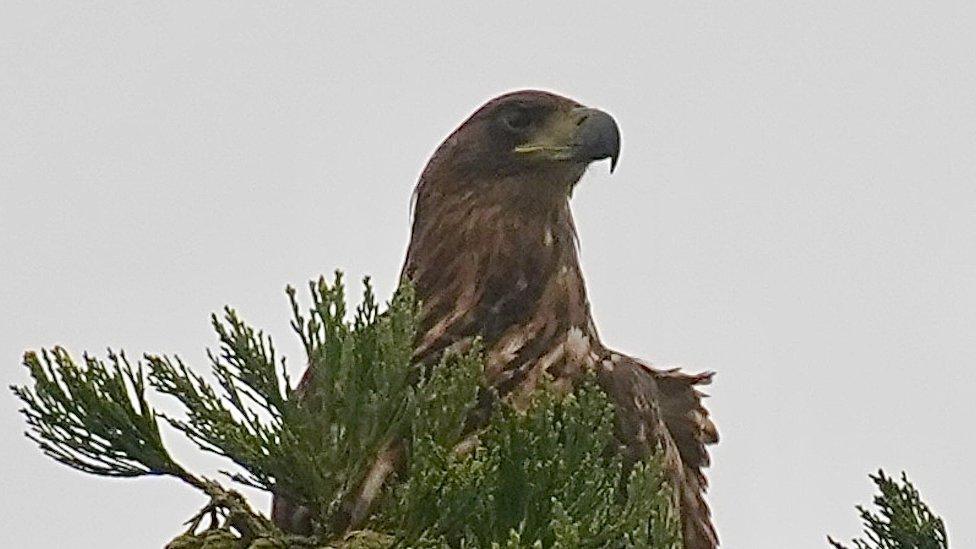
- Published28 January 2023
